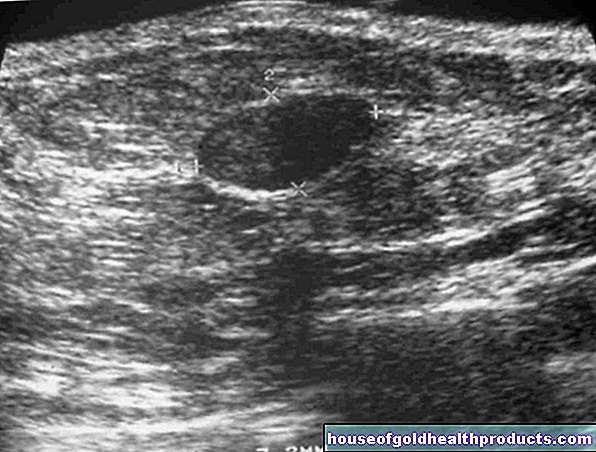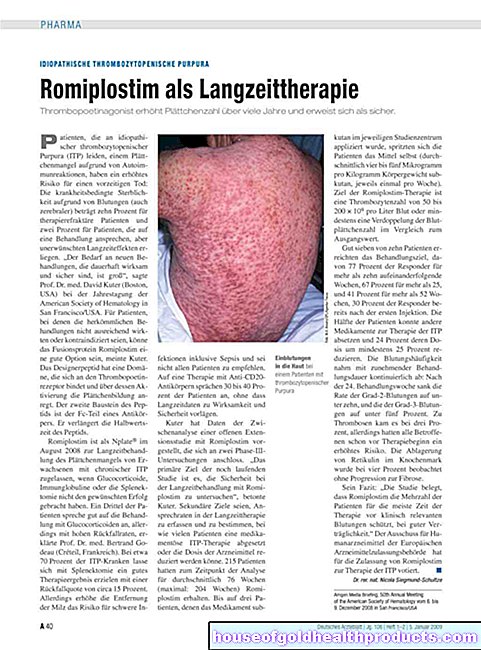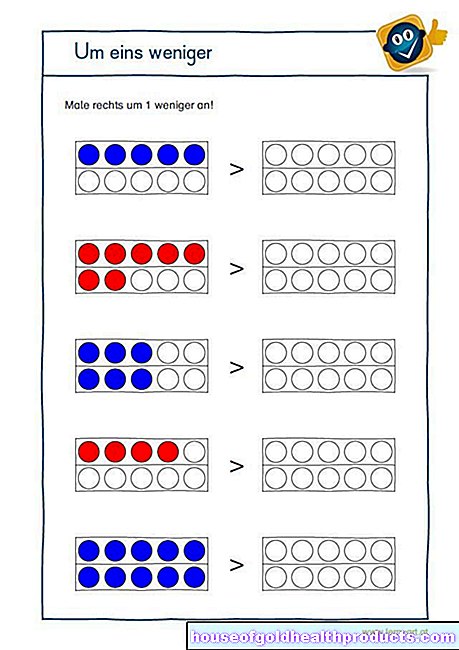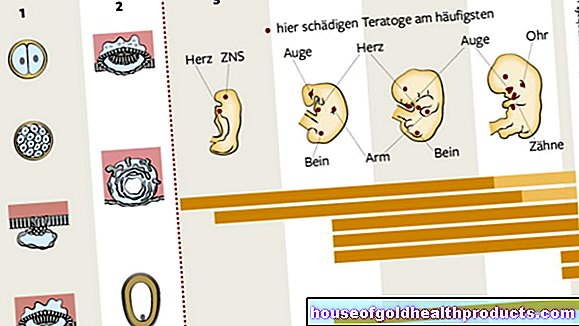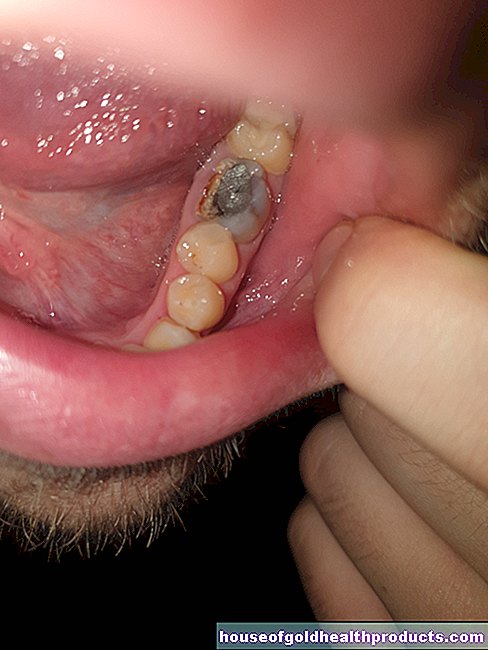Reading weakness: Changes in the brain enable early detection
All content is checked by medical journalists.Washington (dapd). Even before they even begin to learn to read, children with dyslexia have altered brain functions. Two areas in which, among other things, words heard are processed are less active than normal. This shows that these changes are not caused by the problems with learning to read, as was previously assumed, report US researchers in the journal Proceedings of the National Academy of Sciences. (doi: 10.1073 / pnas.1107721109) Instead, everything indicates that the differences in behavior and in the processing of language in these children developed in the first years of life. They may even be innate. This knowledge could help to identify affected children earlier than before and to support them in a targeted manner.
Around 5 to 17 percent of all children suffer from weak reading and spelling, also known as dyslexia. They have difficulty recognizing spoken words and find it difficult to learn to read and write correctly. Dyslexia often occurs in families. It is known that in dyslexic children, a neural network in the rear left hemisphere is usually disturbed, say the researchers. This network is critically involved in reading and related skills such as understanding words.
"So far, however, it was unclear whether this characteristic subfunction already exists before learning to read, or whether it arises as a result of reading problems," write Nora Maria Raschle from Harvard Medical School in Boston and her colleagues. It has now been shown that these brain changes in children with a family history can already be detected at the age of five, before they start learning to read.
According to the researchers, the new findings provide the first starting points for diagnosing dyslexia in children earlier than before. "The early identification of the reading disabilities offers an opportunity to start early with support measures," say the researchers. Then the malfunctions in the brain could probably be compensated for and the children could be spared serious psychological and social problems later.
Children examined before learning to read
For their study, the researchers examined the brain activity of 36 five- to six-year-old children who had not yet started learning to read. Half of the children came from families in which there were already several dyslexics, the other half did not. All children did about equally well in tests of their intelligence and their language skills.
The researchers played a pair of similar-sounding words to the children. The children should then decide whether or not both words began with a similar sound. During the experiment, the scientists measured the children's brain activity using functional resonance tomography (fMRI). This procedure makes it possible to visualize areas of the brain that are particularly well supplied with blood and therefore also particularly active.
The brain scans also provided another insight: a region in the forebrain, which is later typically overactive in dyslexics, still reacted normally in all children. This suggests that this area of the brain only begins to partially compensate for the deficits in the reading circuits of dyslexics when learning to read, the researchers suspect.
Tags: tcm sports fitness Menstruation